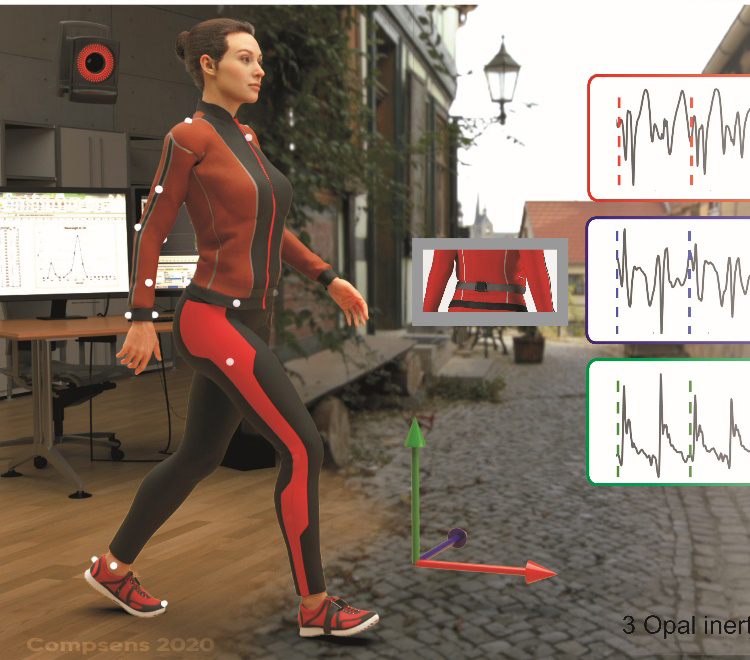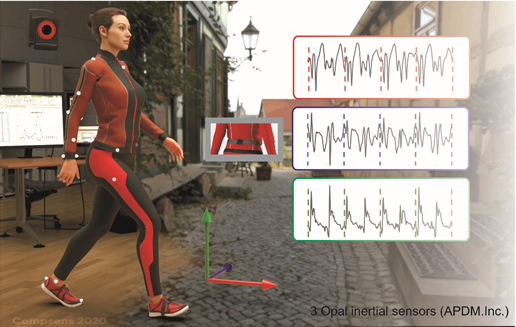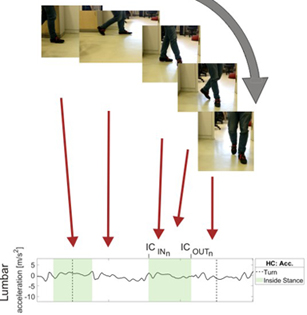Real-life gait assessment in degenerative cerebellar ataxia: Towards ecologically valid biomarkers

Research Area:
Clinical Movement Control and real-life Behavior Analysis for Assistive SystemsResearchers:
Winfried Ilg; Jens Seemann; Annika Thierfelder;Collaborators:
Nathalie John; Matthis Synofzik (HIH Department of Neurodegeneration); Ludger Schoels (HIH Department of Neurodegeneration)Description:
In order to establish ecologically valid biomarkers evaluating treatment-responses really in the patients’ everyday life, we develop multi-variate measures of ataxic gait using wearable sensors, which demonstrate high sensitivity to small differences in disease severity in real-life walking. They thus represent promising candidates for motor markers for natural history and treatment trials in ecologically valid contexts (Ilg et al. 2020). Current work on the analysis of turning movements in real life walking behaviour shows that even pre-clinical mutations-carriers (yet without clinical symptoms of a manifested ataxia) reveals subtle but specific changes in the dynamic balance control during turning. Our real-life measurement protocols are now used in multi-centre studies across Europe.
Future work will extend the analysis of real life gait behaviour to ecologically valid biomarkers (cerebellar ataxia cooperation M. Synofzik, hereditary spastic paraplegia cooperation L. Schöls ) as well as to treatment approaches via bio-feedback (e.g. acoustic or vibro-tactile signals).
Moreover, we currently extend our analysis to the Online identification and quantification of ataxic-related disturbances in upperlimb everyday tasks (e.g. drinking and eating scenarios).
 |
|

